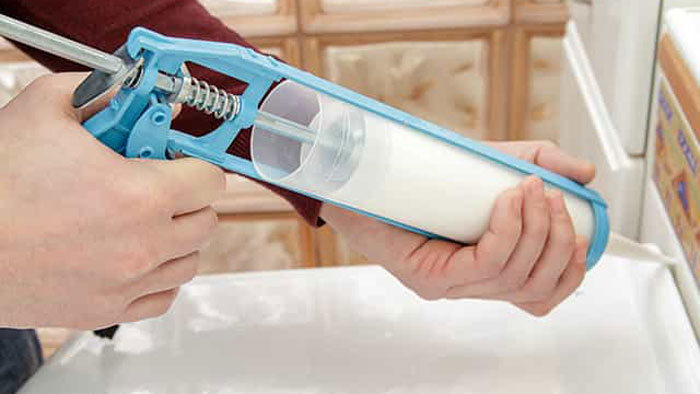Whether you are window caulking or caulking around your bathtub, you’ll want to make sure you pick the right product for the job. There are a range of caulks and caulking tools to help make your job easier. While there are many more different types of caulks and sealants than what is described here, this will help you get an idea of what is available on the market. For more information, reach out to a building materials supplier at Eikenhout Inc.
Caulking and sealing can help prevent drafts from entering your home, saving you money in the long run on heating bills. If you are interested in learning more energy efficiency tips, check out our other blog posts about attic insulation and fiber cement siding.
Differences between Caulks and Sealants
While caulks and sealants are both used to fill gaps, there are some key differences you need to consider before your next project. Keep in mind that many sealants are called “caulks” for convenience.
Caulk
Rigid
Great for stable temperatures
Paintable
Smudges are cleaned with water
Applied with caulking gun
Sealant
Flexible
Great for fluctuating temperatures
Not paintable
Smudges are cleaned with solvent
Applied with caulking gun
Water-Based Caulk
For the best results, water-based caulks should be applied in temperatures above 40 degrees Fahrenheit and during dry weather conditions. Many of our customers buy water-based caulks because they are easy to work with. Simply clean any smears or drips with water so your caulking line looks neat. Water-based caulk is also perfect if you need exterior caulk for filling in gaps and cracks.
Tub and Tile Caulk
Tub and tile caulk is a specific type of water-based caulk used for rooms with high humidity like kitchens and bathrooms. Not only is bathroom caulk more flexible, but it is also resistant to cracking. Many DIY homeowners appreciate tub and tile caulk because it is easy to apply. Tub and tile caulk also prevents mildew from growing around your bathtub because it contains mildewcide.
This is a paintable caulk, which means you can customize the color to match tiles and the rest of your bathroom’s decor. You can also ask your local construction materials supplier about colored caulks.
Silicone Caulk
Silicone caulk can be used in bathrooms because it resists mildew and mold. This waterproof caulk is also able to resist water, which makes it perfect to use around tubs, showers, and sinks. Silicone caulk is able to bond strongly with nonporous surfaces like tile, metal, and glass.
If you don’t want the caulk to stand out, we recommend choosing clear silicone caulk. Since silicone caulk doesn’t accept paint, you’ll want to choose a clear caulk that doesn’t call attention to itself. If you smear or drip silicone caulk, you will need a special solvent to clean it. However, many of our customers appreciate that silicone caulk remains flexible after curing.
Eikenhout is a building supply company that is dedicated to helping homeowners and contractors find high-quality building products for their next project. If you are interested in our inventory of residential and commercial building supplies, please feel free to call any of our nine Michigan locations.

